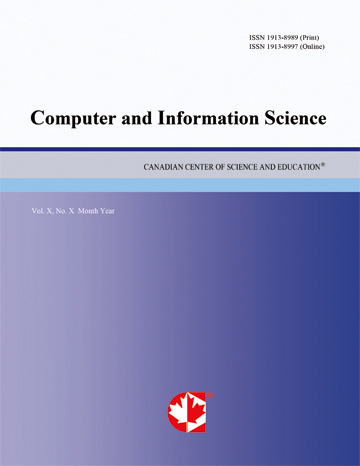Neuro-Symbolic Reasoning for Cyber Compliance Violation Detection
- Kutub Thakur
Abstract
This paper presents a neuro-symbolic framework for detecting cyber compliance violations by integrating deep neural networks with symbolic rule-based reasoning. Traditional machine learning models, while effective in identifying complex patterns, often lack interpretability, limiting their use in regulated domains where explainability is essential. Conversely, symbolic systems offer transparency but are rigid and difficult to scale. Our approach unifies these paradigms by jointly optimizing predictive performance and symbolic rule consistency. Compliance knowledge is encoded as Boolean constraints and incorporated during training as a regularization objective. The model fuses neural embeddings with rule satisfaction signals to improve both accuracy and interpretability. Evaluated on real-world cybersecurity datasets, our method achieves a 99.1% accuracy, 0.96 F1-score, and a reduced false positive rate, outperforming existing baselines. The framework also provides interpretable justifications by identifying violated rules, enhancing trust and auditability. These results demonstrate the feasibility and value of neuro-symbolic systems in scalable, explainable compliance monitoring.
- Full Text:
 PDF
PDF
- DOI:10.5539/cis.v18n2p1
Journal Metrics
WJCI (2022): 0.636
Impact Factor 2022 (by WJCI): 0.419
h-index (January 2024): 43
i10-index (January 2024): 193
h5-index (January 2024): N/A
h5-median(January 2024): N/A
( The data was calculated based on Google Scholar Citations. Click Here to Learn More. )
Index
- BASE (Bielefeld Academic Search Engine)
- CNKI Scholar
- CrossRef
- DBLP (2008-2019)
- EuroPub Database
- Excellence in Research for Australia (ERA)
- Genamics JournalSeek
- GETIT@YALE (Yale University Library)
- Google Scholar
- Harvard Library
- Infotrieve
- Mendeley
- Open policy finder
- ResearchGate
- Scilit
- The Keepers Registry
- UCR Library
- WJCI Report
- WorldCat
Contact
- Chris LeeEditorial Assistant
- cis@ccsenet.org
